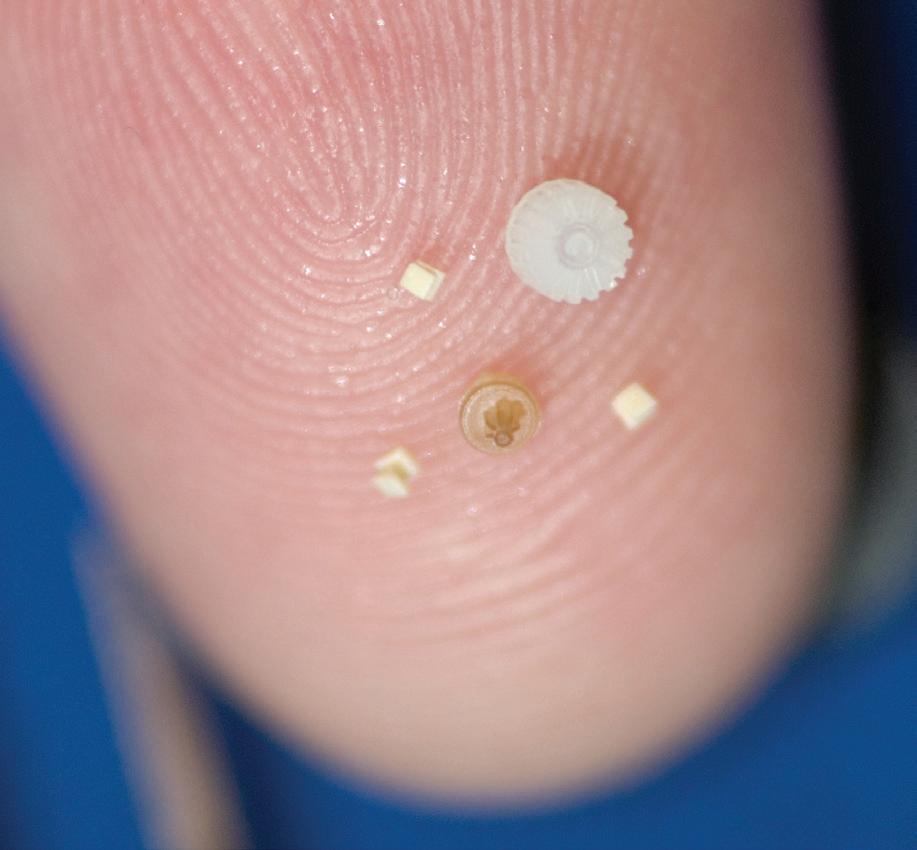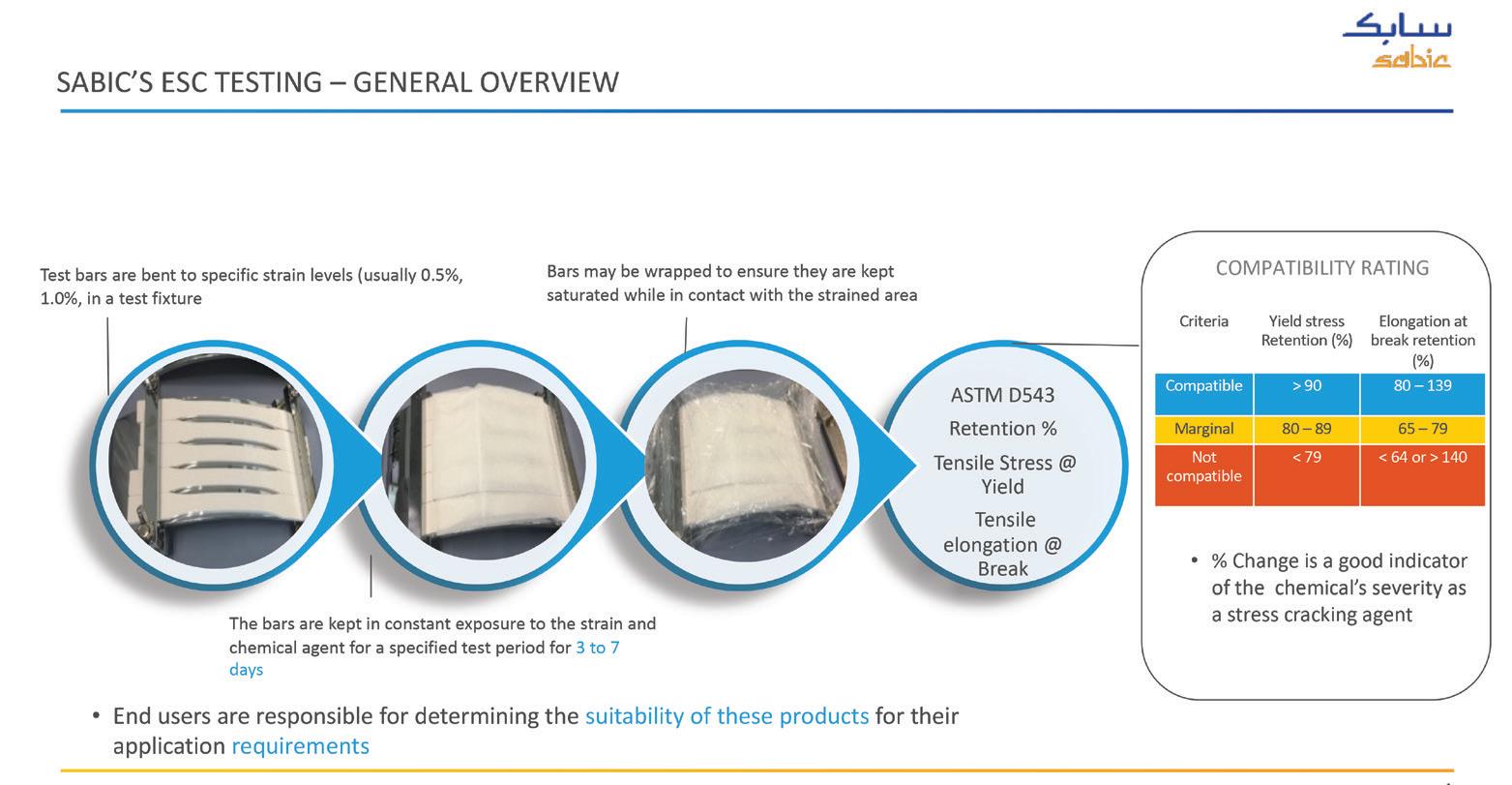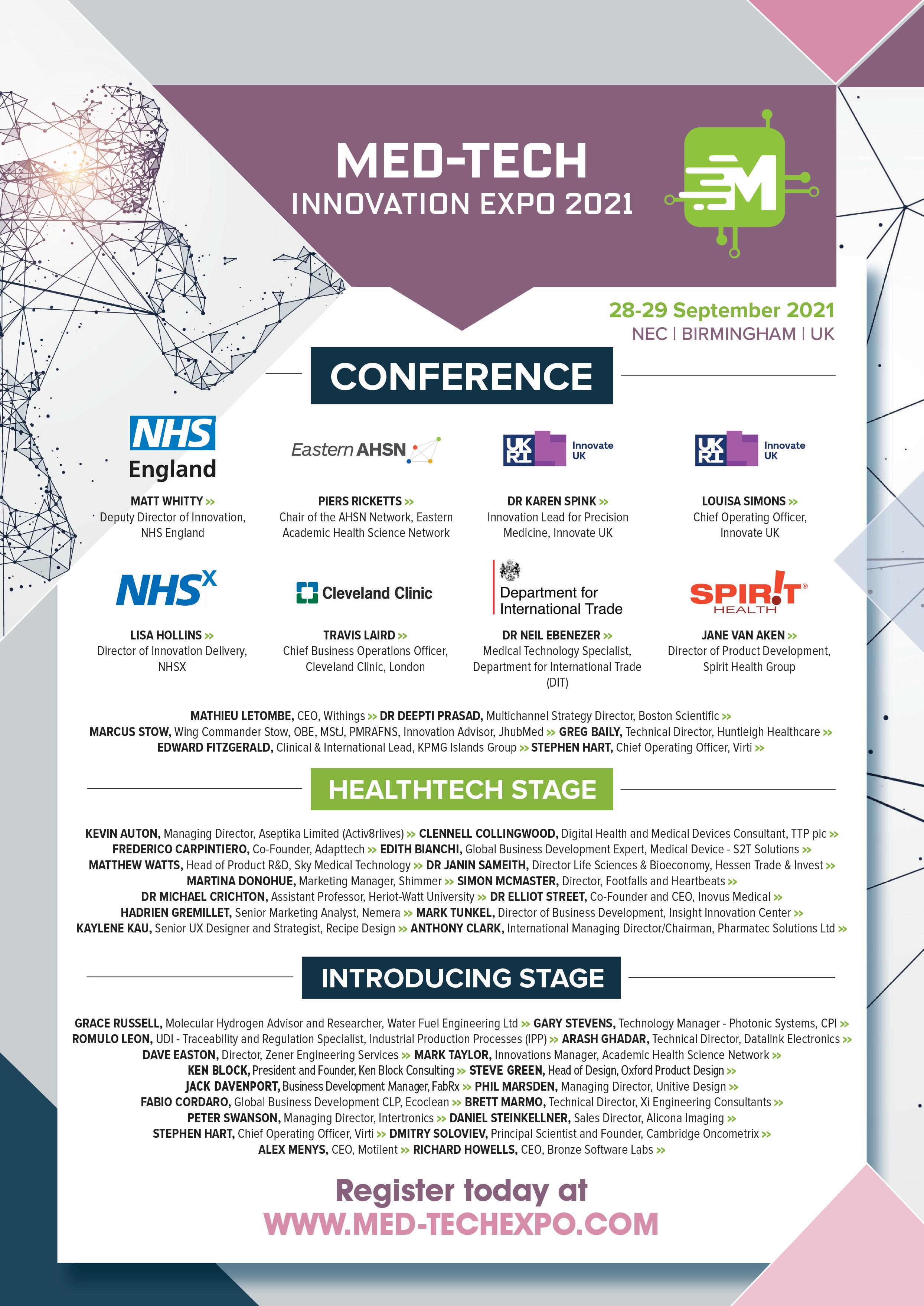
6 minute read
Innovation in implants Thermoplastics: the cool kids of medical 3D printing
from MPN EU Issue 60
by MPN Magazine
Thermoplastics: the cool kids of medical 3D printing
METALS SUCH AS TITANIUM SEEMED TO BE THE LAST WORD IN MEDICAL MANUFACTURING. NOW, IMPLANTS 3D-PRINTED WITH MEDICAL-GRADE POLYMERS OFFER NEW POSSIBILITIES, SAYS KUMOVIS.
The discussion about medical 3D printing with polymers has long since grown beyond surgical models and rapid prototyping. Medical R&D activities indicate that longterm applications such as implants, which previously relied on metals and conventional production methods, are likely to be challenged by 3D printed polymer implants in the coming years.1 It has taken years of trials, testing and constant process development to fuse 3D printing technologies and thermoplastics into solutions that open up new opportunities for both medical device companies and hospitals. Possible applications range from trial implants and instruments to short- and long-term implants. The safety and performance requirements of the manufacturing process and 3D printed products vary depending on the local regulatory peculiarities and fields of application.
ADDED-VALUE MEDICAL DEVICES
Instruments and trial implants, for example, come into contact with patients’ blood during surgery; this, however, is just a temporary contact. And whereas the risks of applications such as these are low compared with implants intended to be permanent, their potential in terms of costs, functionality and ergonomics is all the higher.
3D printing trial implants with polymers such as polyphenylsulfone (PPSU) can save medical device companies up to 50% on manufacturing compared with milled titanium. Furthermore, a PPSU variant with X-ray contrast agent makes the trial implant visible in the X-ray image during the operation. Polymer trial implants are also lighter than their metal counterparts. And individual colour coding of the trial implant makes visible, at a glance, its size and application area.
Permanent polymer implants also have great potential. These products must meet the industry’s requirements for mechanical properties and those for biocompatibility, including considerations of the long-term interaction with the surrounding tissue. There are already first projects to 3D printing interbody fusion cages from polyetheretherketone (PEEK) or polyetherketoneketone (PEKK), including solutions that help cells adhere to them (Figure 1).
HOW TO IMPROVE OSSEOINTEGRATIVE BEHAVIOUR
Medical device companies have sound reasons to use metals such as titanium to manufacture implants and instruments. Biocompatibility and mechanical properties have values that meet the high demands outlined above. Titanium, moreover, shows good osseointegrative behaviour; there are, however, polymer alternatives.
Meeting the osseointegration challenges of polymer implants requires new developments. First, polymers modified for osteoconductive properties are on the rise.² Second, the 3D printing process combined with post processing can positively affect bone ingrowth. With its 3D printed macrostructure, the Kumovis Improved Implant Interface allows for enlarging the surface of medical devices, thus supporting bone ingrowth. At the same time, this technology coupled with post-processing enables nutrients to travel through capillary effects using a selective microstructure. Coating technology enables adding hydrophilic surfaces to polymer implants.
To supply cells — both on the surface and inside the implant — with nutrients, the adaptation of porosity through 3D printing plays a major role. Moreover, applications pointing to tissue engineering could be feasible if new resorbable polymers and the associated processes prove themselves in testing.
WHICH POLYMERS TO USE FOR MEDICAL 3D PRINTING
Besides using metals, healthcare professionals opt for high-performance polymers for 3D printing. Important medical-grade thermoplastics include the following: • PEEK: a high-performance polymer that has been used in medical
applications for years. With the
Kumovis R1 3D printer, it is possible to process different types of PEEK filaments: grades for long-term applications such as cranial implants, and grades for short-term and temporary applications such as surgical instruments. • PEKK: a high performance polymer in which, compared with PEEK, one of the ether linkages is replaced by a stiffer ketone group. The resulting
PEKK is a newer medical-grade material available for 3D printing. In its amorphous state, it offers high ductility and mechanical strength. • A group of medical materials comprising semicrystalline and amorphous biodegradable polymers with degradation times of less than 6 months to more than 3 years. It includes polylactic acid (PLLA), polylactic co glycolic acid (PLGA), polycaprolactone (PCL) and polydioxanone (PDO). These are already available in filament form for 3D printing in medicine. • Polyphenylsulfone (PPSU): an amorphous polymer that offers, among other things, high impact strength. Similar to PEEK, PPSU is available in different grades for long-term applications (for example, implantable medical devices) and for short-term applications. For 3D printing medical instruments, a small number of PPSU types is available: material in different colours, as well as PPSU filled with X-ray contrast agent to make it visible during medical imaging processes. There are not many options available for medical-grade PPSU. In principle, however, it is possible to add a variety of additives to PPSU.
Materials for medical applications must be able to withstand sterilisation. The aforementioned polymers fulfil this requirement. And the field of application will determine the most suitable sterilisation process. When using PPSU to manufacture reusable medical instruments, for example, requirements for reprocessing must be fulfilled. This includes the material’s ability to withstand multiple cycles of hot steam sterilisation.
HEAT IS KEY WHEN 3D PRINTING
WITH POLYMERS
Implant manufacturers face the significant challenge
Figure 1: 3D-printed PPSU trial implants for spinal fusion surgery.
of temperature management when 3D printing with medical-grade thermoplastics. To use high performance polymers, they must have a fully controllable build chamber heating up to 250 °C at any given point to prevent warping on build parts. Moreover, the homogenous heating at high temperatures allows for improving layer adhesion.
The Kumovis R1 laminar airflow, for example, enables the required homogenous temperature distribution inside the build chamber. Reducing temperature gradients within the build part is key for good mechanical properties and reproducibility. Patent pending Kumovis technology enables medical device manufacturers to cool certain areas while 3D printing, to increase surface quality and dimensional accuracy.
In-house testing at Kumovis, including tensile, flexure, impact and compression tests, now yield values that meet or exceed acceptance criteria for medical applications such as interbody fusion cages or cranial implants. Mechanical properties of parts (for example, tensile strength) 3D printed with the Kumovis R1 can be compared to those from injection moulding and milling. Compared with implants made with titanium or metal alloys, mechanical evaluation of 3D printed polymer implants shows these to be particularly advantageous. Using polymers can reduce differences in elasticity between bone and implant, whereby stress shielding effects and relative movements between bone and implant decrease; thus, optimised implant design, material choice and process parameters can avoid implant loosening.
PARTNERSHIPS TO IMPROVE PATIENT CARE
3D printing has outgrown its baby shoes and is ready for series production. Furthermore, the conditions for innovation have rarely been better for manufacturers than they are now, despite new challenges such as the European Union Medical Device Regulation and the rising demand for personalised medicine. New processes and materials enable manufacturers to offer functionalised and individualised implants, as well as cost-efficient solutions for the series production of trials and instruments.
Above all, it is important to implement, and realise the advantages of, additive manufacturing and medical-grade thermoplastics during the design phase of each implant. By doing so, healthcare and 3D printing experts can co create economically feasible solutions to a variety of medical challenges, and consequently enable better patient care.
References
1. http://documents.epo.org/projects/babylon/eponet.nsf/0/
C2F0871212671851C125859F0040BCCA/$FILE/additive_manufacturing_ study_en.pdf 2. https://medical.evonik.com/en/peek-biomaterial-implants/vestakeep-fusionosteoconductive-peek

Vyon® for Porous Plastics Solutions
Precisely engineered components designed and manufactured for medical and life science applications.
Filtration
Separation
Diffusion
Venting Media Support
Wicking
Absorption

It’s the little things.
Vyon®, is the leading brand of porous plastic material found at the heart of innovative product solutions. As small as it can be, Vyon® can be precisely engineered to tight tolerances and has the versatility to be manufactured into a wide range of shapes and sizes to ensure you get the perfect fit for your product or application. Learn more about Vyon® at:
www.vyonporousplastics.com
Drop our team a message at:





